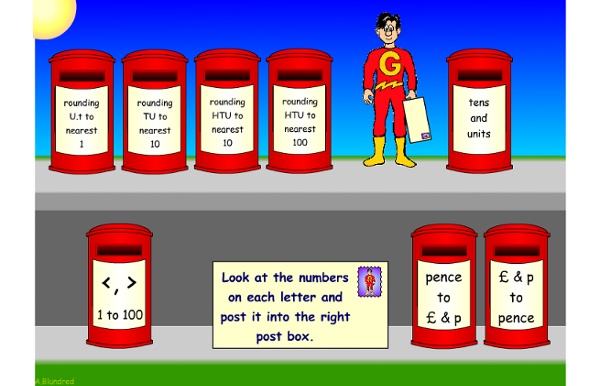



Dress Up Addition Drive as fast as possible! Showcase your creativity and unleash your aesthetic sense by designing your own Easter egg with a beautiful assortment of patterns, shapes and colors! Can you find all five hidden eggs? Perform stunts to earn points, but beware of hazards! It's your job to cheer up this sad ape. Complete all levels to become a real Easter Bunny! This is the fourth game in the series of popular duck training games. Papa's cooking up some cupcakes! Put the traditional photo hunt aside as you claim your treasure of Easter eggs! Come play in Fantage filled with games, activities and excitement.
plasq.com For Mac Comic Life 3.5.14 – Release HistoryUpdated January 17th, 2020 Requires macOS 10.10.3 or later64-bit processor 1 GHz+ Intel Mac 1024 MB RAM (2 GB rec.) 384 MB of video RAM 300 MB of available disk space Minimum 1024×768 display (Mac older than macOS 10.10.13? Try Comic Life: 30 day free trial! Download or buy Comic Life 3, the app with everything you need to make a stunning comic from your own images. Try it for 30 days, on us, and then buy it from our plasq store and register the trial or grab it from the Mac App Store. And don’t forget our amazing educational pricing! Money Worksheets - 5 different currencies NOTE: Javascript is required to get all features, options & content on this site. It appears your Javascript is not enabled. The Money Worksheet Maker will generate a worksheet with a series of money problems. Carefully select your options, and then generate the worksheet. Our worksheets are highly customizable and allow you to choose from several different currencies. We want to have the best Money Worksheets on the internet! Free Printable Worksheets - We have many types of worksheet generators: Math Worksheets, Sudoku, Word Searches, Word Scrambles, Crosswords, Match-ups, Time, Cloze Activities and more! U.S. Black and White (will print better for B&W copies) Color Limit total value of coins for each problem: (By request) Yes No NOTE: The more Coins and Bills that you use, the more room the problem will occupy on the page! Javascript is required to get all options. 1 column 2 columns (more padding around problems) 3 columns 4 columns (less padding around problems)
Dragon Dictation